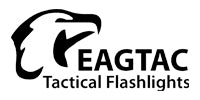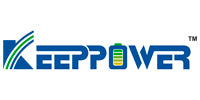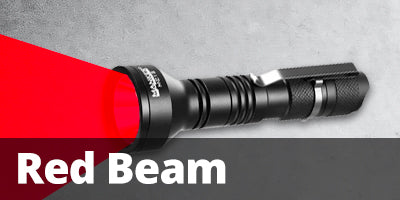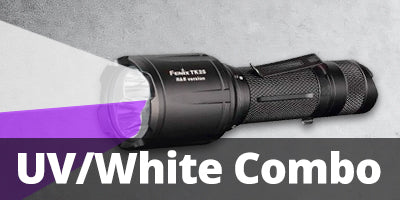
Unveiling the Invisible: Exploring the World of IR Lighting
The world around us is filled with hidden wonders, invisible to the naked eye. One technology that helps us peek into this unseen realm is IR lighting, also known as infrared lighting.
Beyond the Visible Spectrum:
Light exists in a spectrum, with visible light being just a small portion we can perceive. IR light, with wavelengths longer than visible light, is invisible to humans but readily detected by specialised sensors and cameras.

Applications of IR Lighting:
IR lighting has diverse applications, playing a crucial role in various sectors:
- Night Vision: By emitting IR light invisible to the naked eye, IR illuminators enhance night vision capabilities. Security cameras, military equipment, and even some consumer night vision devices utilise this technology to see in the dark. Infrared torches along with night vision equipment allow you to see without being seen.
- Security and Surveillance: IR cameras capture clear images in low-light and complete darkness, making them ideal for security applications like perimeter monitoring and surveillance in poorly lit areas.
- Medical Imaging: Specific IR wavelengths penetrate tissues, allowing for various medical applications. For instance, IR thermography helps diagnose certain medical conditions by capturing heat variations on the body's surface.
- Industrial Applications: From inspecting machinery for overheating to sorting objects based on their thermal properties, IR technology plays a vital role in various industrial processes.
- Astronomy: Astronomers use IR telescopes to observe celestial objects that emit heat but are too faint or obscured by dust to be seen in visible light.
Safety Considerations:
While generally safe, it's important to be mindful of a few things when using IR lighting:
- Direct exposure: Prolonged direct exposure to high-intensity IR light can be harmful to the eyes. Exercise caution and follow manufacturer's instructions for safe use.
- Interference: IR light can interfere with certain electronic devices operating in the same frequency range. Be aware of potential interference when using IR technology.
Choosing the Right IR Lighting:
The type of IR lighting you choose depends on its intended purpose. Consider factors like:
- Wavelength: Different wavelengths cater to specific applications.
- Intensity: The intensity of the light determines its effectiveness in various scenarios.
- Beam pattern: Choose a beam pattern that suits your needs, such as a floodlight for wide coverage or a spotlight for focused illumination.
Conclusion:
IR lighting and infrared torches unlock a fascinating world beyond the visible spectrum, offering valuable applications in various fields. By understanding its properties, applications, and safety considerations, you can explore the potential of IR technology and its diverse contributions to our world.














































